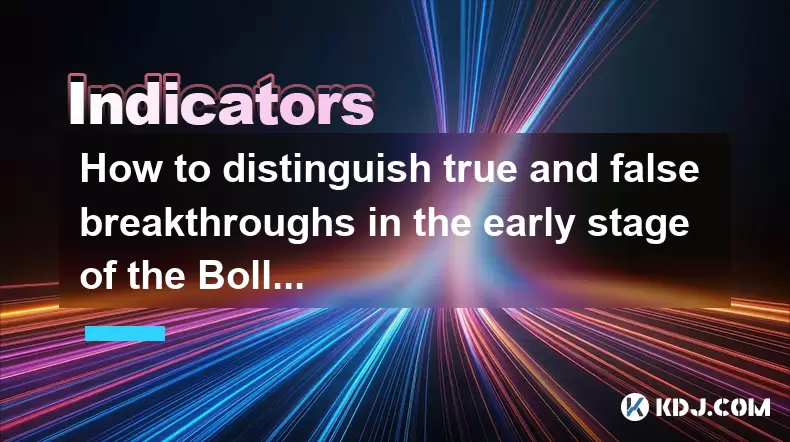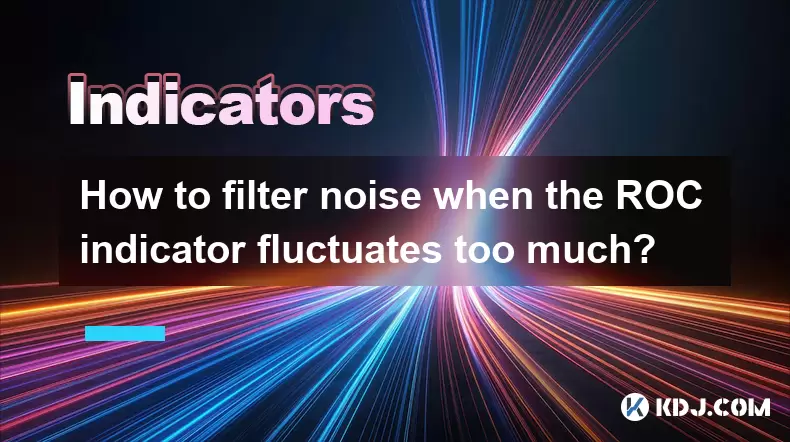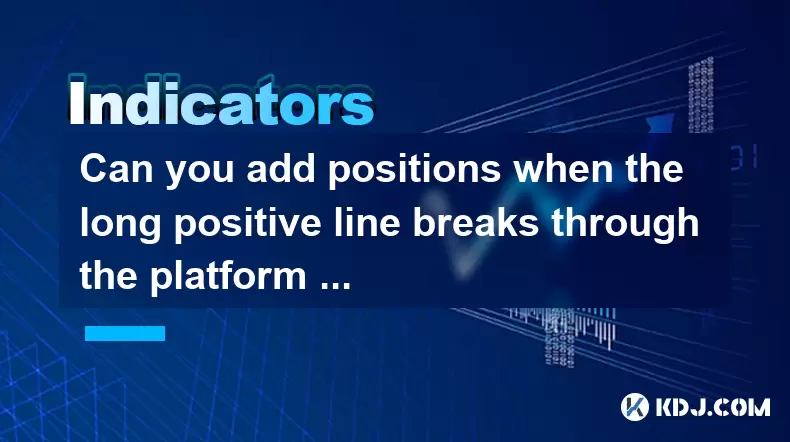-
 Bitcoin
Bitcoin $106,754.6083
1.33% -
 Ethereum
Ethereum $2,625.8249
3.80% -
 Tether USDt
Tether USDt $1.0001
-0.03% -
 XRP
XRP $2.1891
1.67% -
 BNB
BNB $654.5220
0.66% -
 Solana
Solana $156.9428
7.28% -
 USDC
USDC $0.9998
0.00% -
 Dogecoin
Dogecoin $0.1780
1.14% -
 TRON
TRON $0.2706
-0.16% -
 Cardano
Cardano $0.6470
2.77% -
 Hyperliquid
Hyperliquid $44.6467
10.24% -
 Sui
Sui $3.1128
3.86% -
 Bitcoin Cash
Bitcoin Cash $455.7646
3.00% -
 Chainlink
Chainlink $13.6858
4.08% -
 UNUS SED LEO
UNUS SED LEO $9.2682
0.21% -
 Avalanche
Avalanche $19.7433
3.79% -
 Stellar
Stellar $0.2616
1.64% -
 Toncoin
Toncoin $3.0222
2.19% -
 Shiba Inu
Shiba Inu $0.0...01220
1.49% -
 Hedera
Hedera $0.1580
2.75% -
 Litecoin
Litecoin $87.4964
2.29% -
 Polkadot
Polkadot $3.8958
3.05% -
 Ethena USDe
Ethena USDe $1.0000
-0.04% -
 Monero
Monero $317.2263
0.26% -
 Bitget Token
Bitget Token $4.5985
1.68% -
 Dai
Dai $0.9999
0.00% -
 Pepe
Pepe $0.0...01140
2.44% -
 Uniswap
Uniswap $7.6065
5.29% -
 Pi
Pi $0.6042
-2.00% -
 Aave
Aave $289.6343
6.02%
Is the risk of the Bollinger Band breaking through the upper track high?
When a cryptocurrency price breaks the upper Bollinger Band, it signals strong bullish momentum but also a risk of being overbought and potential reversal.
May 31, 2025 at 06:29 am

Understanding Bollinger Bands in Cryptocurrency Trading
Bollinger Bands are a popular technical analysis tool used by traders in the cryptocurrency market to gauge volatility and potential price breakouts. Developed by John Bollinger, these bands consist of a simple moving average (SMA) and two standard deviation lines plotted above and below the SMA. The upper band represents the upper limit of the price range, while the lower band represents the lower limit. When the price of a cryptocurrency breaks through the upper band, it often signals a strong bullish momentum. However, the risk associated with such a breakout can be significant.
What Does a Breakthrough of the Upper Band Indicate?
When the price of a cryptocurrency breaks through the upper Bollinger Band, it typically indicates that the asset is experiencing strong upward momentum. This can be interpreted as a sign that the market sentiment is bullish and that the price may continue to rise. However, this breakout also suggests that the asset may be overbought, meaning that it could be due for a correction or a reversal. The risk here lies in the possibility that the price might not sustain the breakout and could fall back within the bands or even break below the lower band.
Factors Influencing the Risk of an Upper Band Breakthrough
Several factors can influence the risk associated with a Bollinger Band upper track breakthrough in the cryptocurrency market. These include:
- Market Volatility: Cryptocurrencies are known for their high volatility, which can lead to frequent and significant price movements. A highly volatile market increases the likelihood of the price breaking through the upper band, but it also increases the risk of a subsequent reversal.
- Trading Volume: High trading volume during a breakout can indicate strong market interest and potentially validate the breakout. Conversely, low volume might suggest that the breakout is not supported by market participants, increasing the risk of a false signal.
- Market Sentiment: The overall sentiment in the cryptocurrency market can greatly affect the risk of a breakout. Positive news or developments can drive prices higher, while negative news can lead to a quick reversal.
- Technical Indicators: Other technical indicators, such as the Relative Strength Index (RSI) or Moving Average Convergence Divergence (MACD), can provide additional context to the breakout. If these indicators suggest overbought conditions, the risk of a reversal increases.
Assessing the Risk of a False Breakout
A false breakout occurs when the price breaks through the upper Bollinger Band but then quickly reverses and falls back within the bands. This can be a significant risk for traders who enter positions based on the initial breakout. To assess the risk of a false breakout, traders should:
- Monitor Price Action: Pay close attention to how the price behaves after the breakout. If the price quickly reverses, it may indicate a false breakout.
- Use Confirmation Indicators: Utilize other technical indicators to confirm the breakout. For example, if the RSI is also showing overbought conditions, the risk of a false breakout may be higher.
- Set Stop-Loss Orders: Implementing stop-loss orders can help manage the risk of a false breakout. By setting a stop-loss just below the upper band, traders can limit potential losses if the price reverses.
Strategies to Manage the Risk of an Upper Band Breakthrough
To manage the risk associated with a Bollinger Band upper track breakthrough, traders can employ several strategies:
- Diversification: By diversifying their portfolio across different cryptocurrencies, traders can spread the risk and reduce the impact of a false breakout on their overall investment.
- Position Sizing: Adjusting the size of the trading position based on the perceived risk can help manage potential losses. Smaller positions can be taken in highly volatile or uncertain markets.
- Technical Analysis: Combining Bollinger Bands with other technical analysis tools can provide a more comprehensive view of the market and help traders make more informed decisions.
- Risk-Reward Ratio: Assessing the potential reward against the risk before entering a trade can help traders determine if the potential gains justify the risk of a breakout.
Case Studies of Upper Band Breakthroughs in Cryptocurrency
Examining past instances of Bollinger Band upper track breakthroughs in the cryptocurrency market can provide valuable insights into the risks involved. For example, during the Bitcoin bull run in late 2020, the price frequently broke through the upper Bollinger Band, indicating strong bullish momentum. However, these breakouts were often followed by significant corrections, highlighting the risk of entering positions based solely on the breakout.
In another instance, Ethereum experienced a breakout above the upper Bollinger Band in early 2021. While the initial breakout was followed by further price increases, the market eventually corrected, demonstrating the importance of managing risk even during strong bullish trends.
Frequently Asked Questions
Q: Can Bollinger Bands be used effectively in all market conditions?
A: Bollinger Bands can be useful in various market conditions, but their effectiveness depends on the specific context. In highly volatile markets, the bands may widen significantly, making it challenging to interpret breakouts accurately. In contrast, during periods of low volatility, the bands may contract, potentially leading to false signals. Traders should combine Bollinger Bands with other indicators and consider the overall market environment to enhance their effectiveness.
Q: How can traders differentiate between a genuine breakout and a false one?
A: Differentiating between a genuine and a false breakout requires careful analysis. Traders should look for confirmation from other technical indicators, such as the RSI or MACD, and pay attention to trading volume. A genuine breakout is typically accompanied by high volume and sustained price movement, while a false breakout may lack these characteristics. Additionally, monitoring price action after the breakout can provide further clues.
Q: Are there specific cryptocurrencies where Bollinger Bands are more effective?
A: Bollinger Bands can be applied to any cryptocurrency, but their effectiveness may vary depending on the asset's volatility and trading volume. For instance, major cryptocurrencies like Bitcoin and Ethereum, which have high liquidity and significant trading volumes, may provide more reliable signals. In contrast, less liquid or more volatile altcoins might generate more false signals. Traders should consider the specific characteristics of each cryptocurrency when using Bollinger Bands.
Q: How often should traders check Bollinger Bands to make informed decisions?
A: The frequency of checking Bollinger Bands depends on the trader's strategy and time horizon. Short-term traders may need to monitor the bands more frequently, perhaps every few minutes or hours, to capture rapid price movements. Long-term traders, on the other hand, might check the bands daily or weekly to assess broader trends. Regardless of the time frame, consistent monitoring and analysis are essential for making informed trading decisions.
Disclaimer:info@kdj.com
The information provided is not trading advice. kdj.com does not assume any responsibility for any investments made based on the information provided in this article. Cryptocurrencies are highly volatile and it is highly recommended that you invest with caution after thorough research!
If you believe that the content used on this website infringes your copyright, please contact us immediately (info@kdj.com) and we will delete it promptly.
- Cardano, Dogecoin, and the Altcoin Shift: What's Next?
- 2025-06-20 22:45:12
- Gold Coin, Rare, Horses: A Numismatic Roundup
- 2025-06-20 22:45:13
- Dogecoin, Shiba Inu, and the Meme Coin Mania: What's Next?
- 2025-06-20 22:25:12
- GateToken (GT) Price Prediction: Navigating 2025-2030 with a New Yorker's Sass
- 2025-06-20 23:05:13
- Pepe, Price Prediction, and Elon Musk: A NYC Take on the Frog Coin Frenzy
- 2025-06-20 23:05:13
- Core Scientific (CORZ): Needham's Price Target and the Bitcoin Mining Upside
- 2025-06-20 22:25:12
Related knowledge

Does the sudden contraction of ATR indicate the end of the trend?
Jun 20,2025 at 11:14pm
Understanding ATR and Its Role in Technical AnalysisThe Average True Range (ATR) is a technical indicator used to measure market volatility. Developed by J. Welles Wilder, ATR calculates the average range of price movement over a specified period, typically 14 periods. It does not indicate direction—only volatility. Traders use ATR to gauge how much an ...

Is the trend continuation when the Williams indicator is oversold but there is no rebound?
Jun 20,2025 at 11:42pm
Understanding the Williams %R IndicatorThe Williams %R indicator, also known as the Williams Percent Range, is a momentum oscillator used in technical analysis to identify overbought and oversold levels in price movements. It typically ranges from 0 to -100, where values above -20 are considered overbought and values below -80 are considered oversold. T...

Is the golden cross of the ROC indicator below the zero axis effective?
Jun 20,2025 at 09:42pm
Understanding the ROC Indicator and Its Role in Cryptocurrency TradingThe Rate of Change (ROC) indicator is a momentum oscillator widely used by traders to assess the speed at which cryptocurrency prices are changing. It measures the percentage difference between the current price and the price from a certain number of periods ago. The ROC helps identif...

How to distinguish true and false breakthroughs in the early stage of the Bollinger Band opening?
Jun 20,2025 at 10:35pm
Understanding the Bollinger Band StructureBollinger Bands consist of three lines: a simple moving average (SMA) in the middle, and two outer bands that are standard deviations away from the SMA. These bands expand and contract based on market volatility. When the bands begin to widen, it often signals an increase in price volatility, which traders inter...

How to filter noise when the ROC indicator fluctuates too much?
Jun 20,2025 at 11:07pm
Understanding the ROC Indicator and Its SensitivityThe Rate of Change (ROC) indicator is a momentum oscillator that measures the percentage change in price between the current closing price and the closing price from a specified number of periods ago. When the ROC indicator fluctuates too much, it can create misleading signals, especially in volatile or...

Can you add positions when the long positive line breaks through the platform and then shrinks and falls back?
Jun 20,2025 at 08:57pm
Understanding the Price Pattern: Breakthrough, Retract, and ConsolidationIn cryptocurrency trading, one of the commonly observed patterns involves a long positive line breaking through a consolidation platform, followed by a retraction or pullback. This scenario often raises questions among traders about whether to add positions after such a move. The p...

Does the sudden contraction of ATR indicate the end of the trend?
Jun 20,2025 at 11:14pm
Understanding ATR and Its Role in Technical AnalysisThe Average True Range (ATR) is a technical indicator used to measure market volatility. Developed by J. Welles Wilder, ATR calculates the average range of price movement over a specified period, typically 14 periods. It does not indicate direction—only volatility. Traders use ATR to gauge how much an ...

Is the trend continuation when the Williams indicator is oversold but there is no rebound?
Jun 20,2025 at 11:42pm
Understanding the Williams %R IndicatorThe Williams %R indicator, also known as the Williams Percent Range, is a momentum oscillator used in technical analysis to identify overbought and oversold levels in price movements. It typically ranges from 0 to -100, where values above -20 are considered overbought and values below -80 are considered oversold. T...

Is the golden cross of the ROC indicator below the zero axis effective?
Jun 20,2025 at 09:42pm
Understanding the ROC Indicator and Its Role in Cryptocurrency TradingThe Rate of Change (ROC) indicator is a momentum oscillator widely used by traders to assess the speed at which cryptocurrency prices are changing. It measures the percentage difference between the current price and the price from a certain number of periods ago. The ROC helps identif...

How to distinguish true and false breakthroughs in the early stage of the Bollinger Band opening?
Jun 20,2025 at 10:35pm
Understanding the Bollinger Band StructureBollinger Bands consist of three lines: a simple moving average (SMA) in the middle, and two outer bands that are standard deviations away from the SMA. These bands expand and contract based on market volatility. When the bands begin to widen, it often signals an increase in price volatility, which traders inter...

How to filter noise when the ROC indicator fluctuates too much?
Jun 20,2025 at 11:07pm
Understanding the ROC Indicator and Its SensitivityThe Rate of Change (ROC) indicator is a momentum oscillator that measures the percentage change in price between the current closing price and the closing price from a specified number of periods ago. When the ROC indicator fluctuates too much, it can create misleading signals, especially in volatile or...

Can you add positions when the long positive line breaks through the platform and then shrinks and falls back?
Jun 20,2025 at 08:57pm
Understanding the Price Pattern: Breakthrough, Retract, and ConsolidationIn cryptocurrency trading, one of the commonly observed patterns involves a long positive line breaking through a consolidation platform, followed by a retraction or pullback. This scenario often raises questions among traders about whether to add positions after such a move. The p...
See all articles

























































































